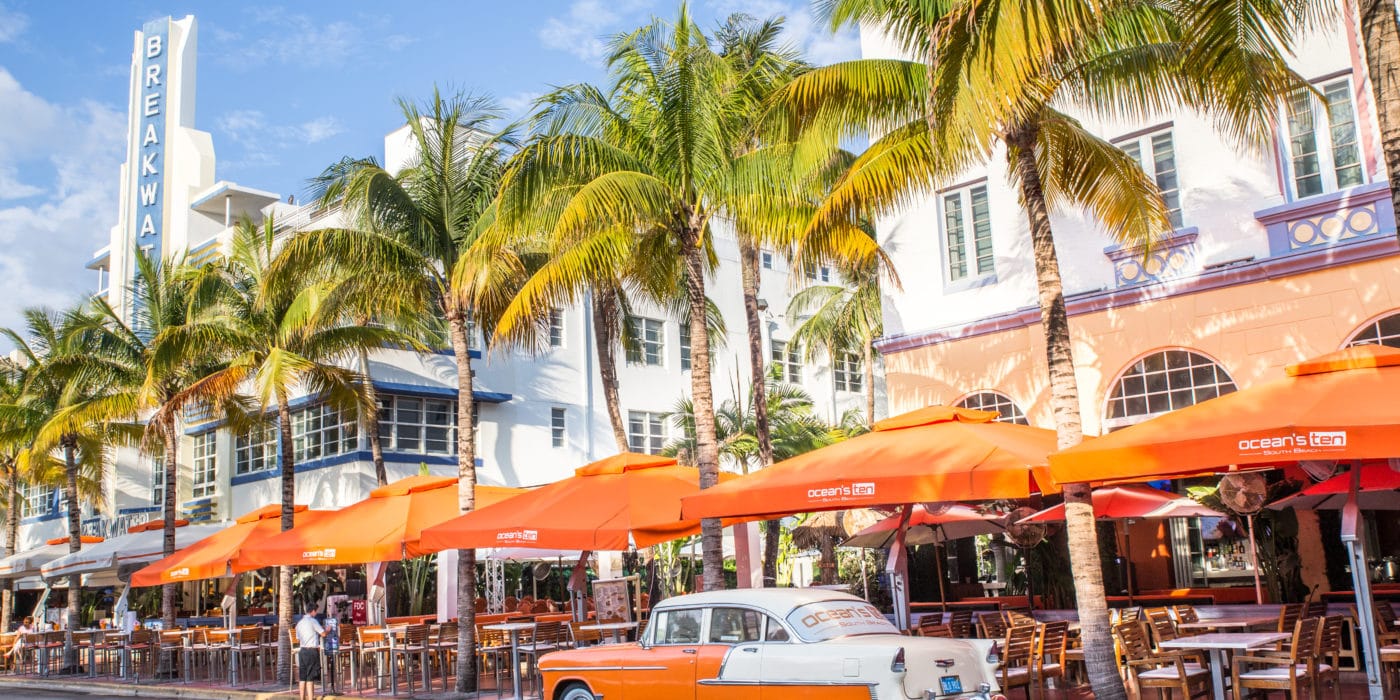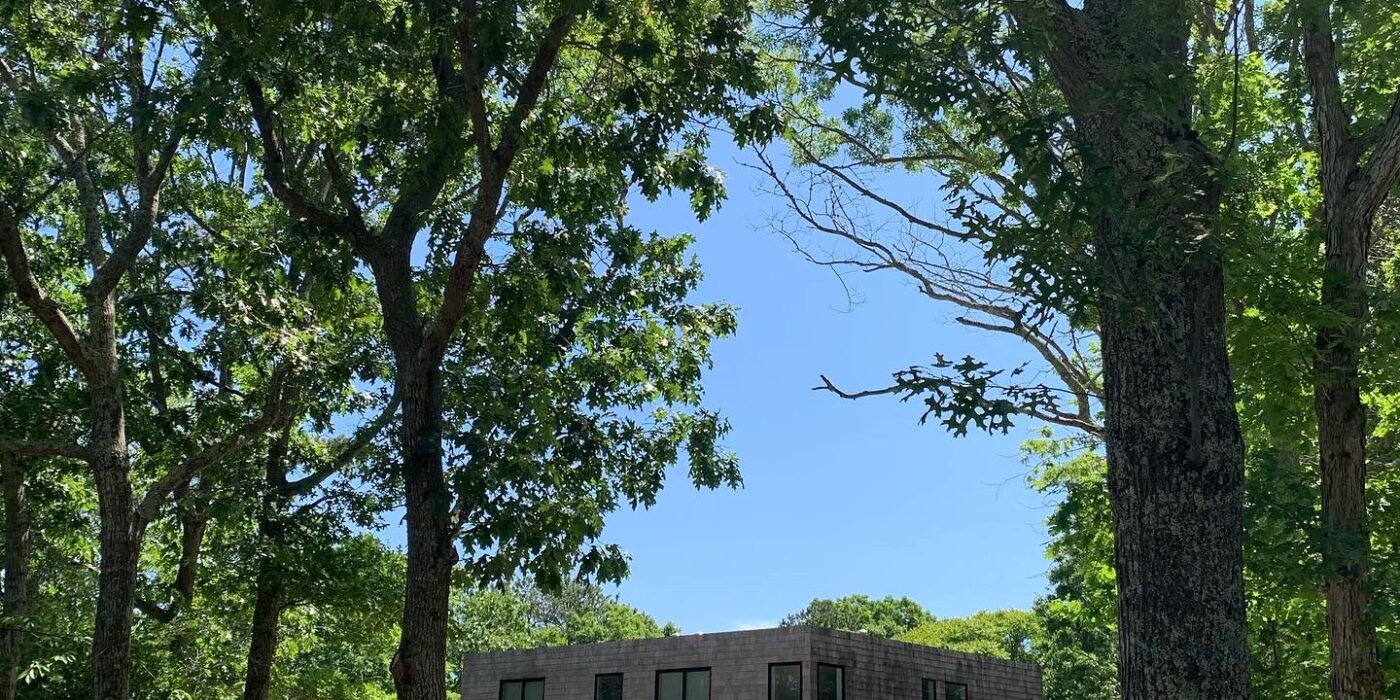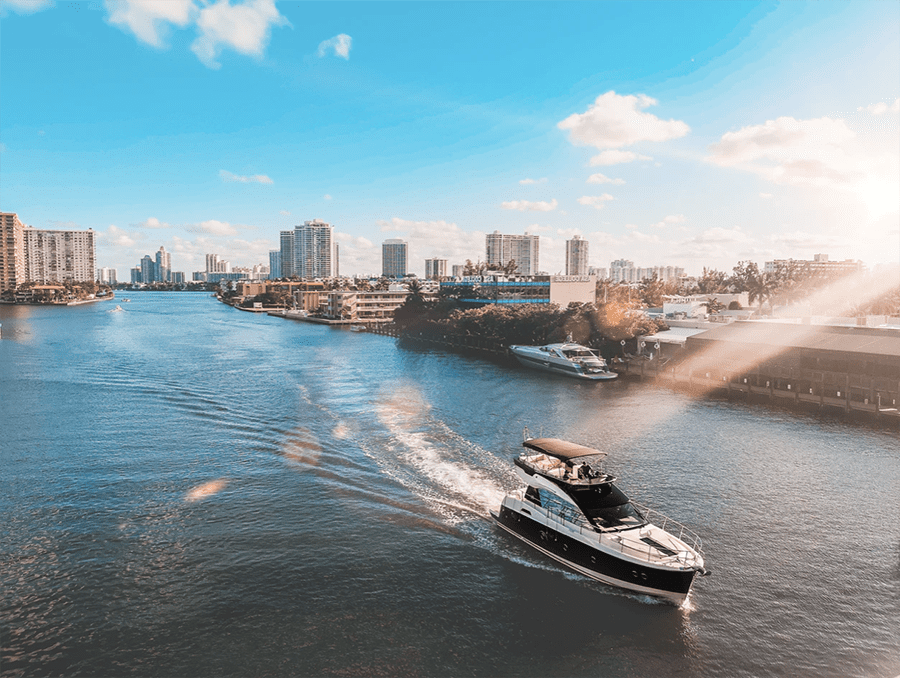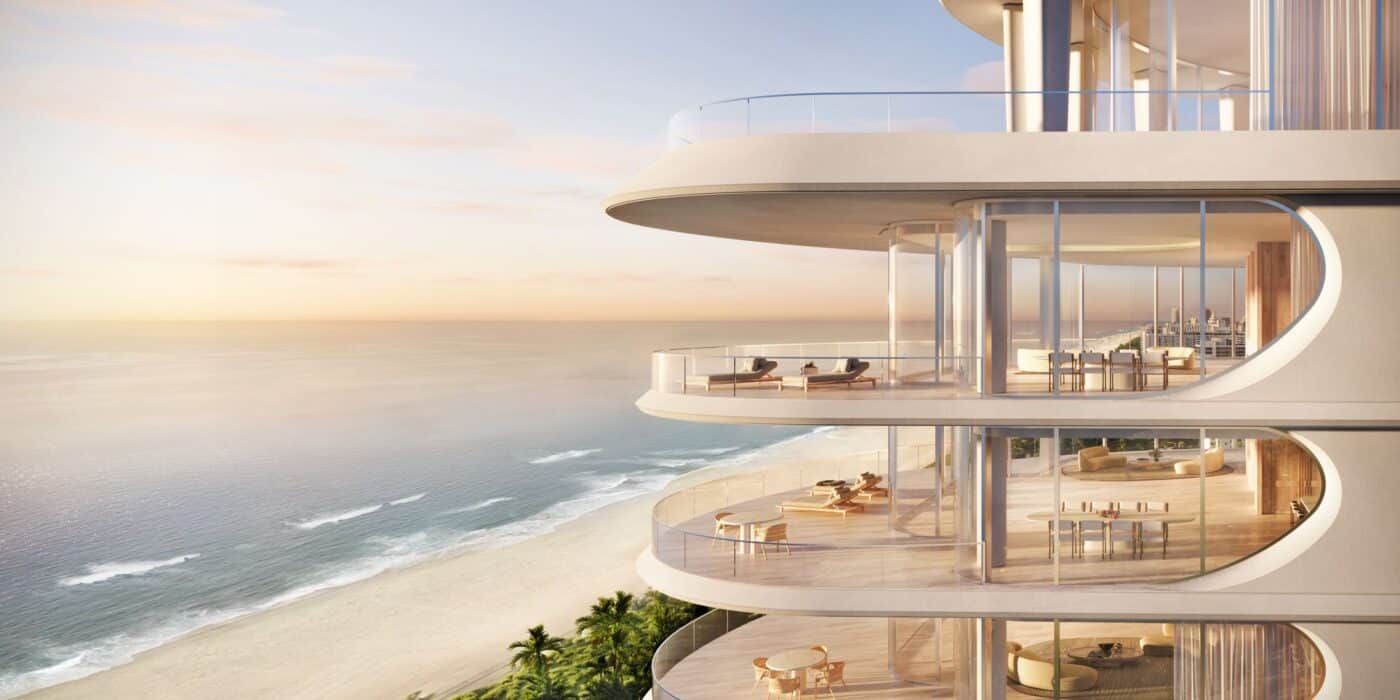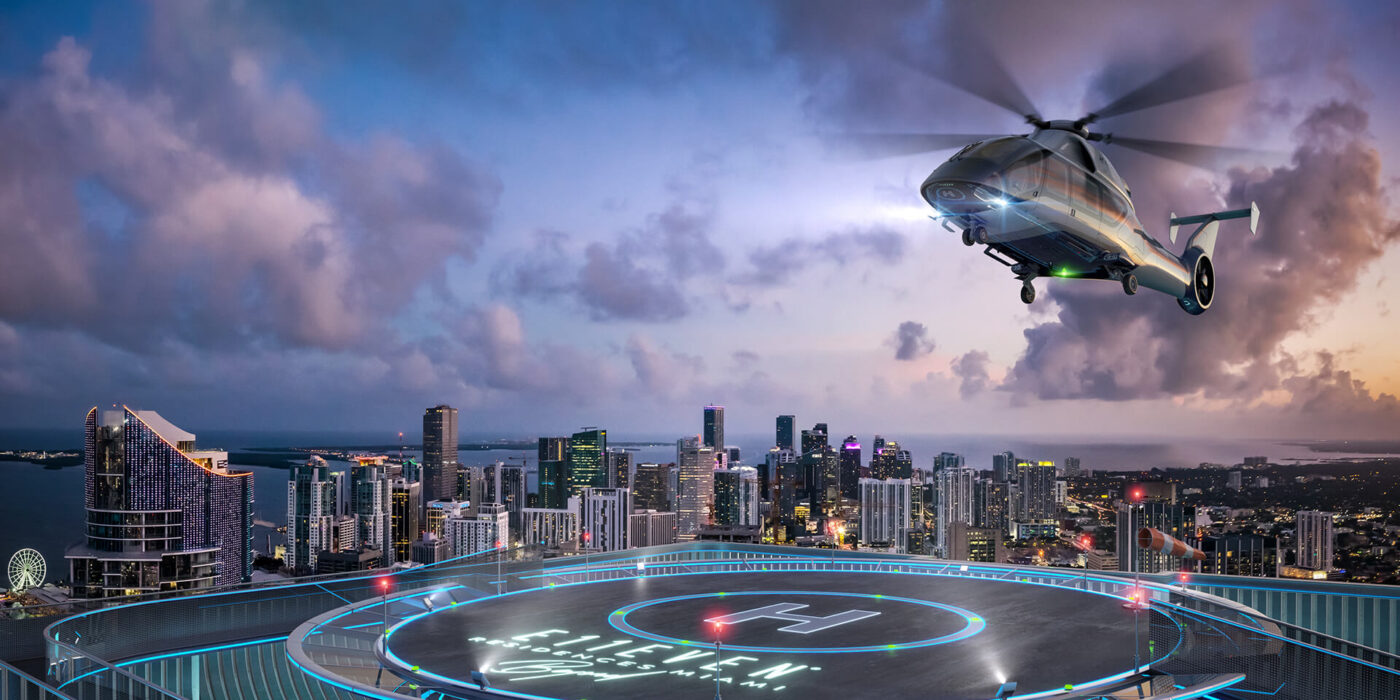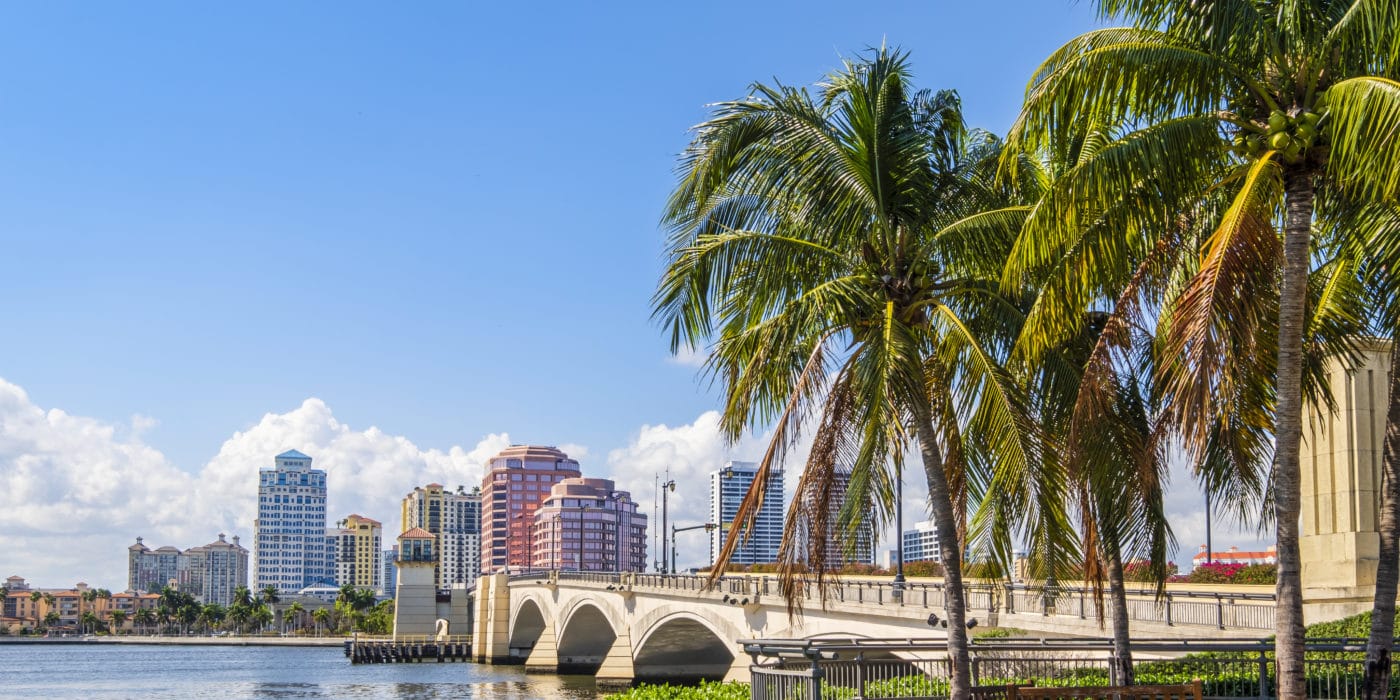South Florida’s Bustling Offices Buck National Trend
While remote work remains prevalent across most of the United States, South Florida stands out as an exception where office attendance is nearly back to pre-pandemic levels. According to data from Placer.ai, which tracks mobile phone location data, office visits in the Miami metro area (including Fort Lauderdale and West Palm Beach) were just 14% below April 2019 levels. This contrasts sharply with the national figure of a 32.2% decline compared to four years ago.
For the past three months, South Florida has led all U.S. metro areas in office attendance after overtaking New York City. April marked the region’s highest level of office foot traffic since before the COVID-19 pandemic began. The gap from 2019 narrowed slightly last month to 14.1%, down from 9.4% in February. The only other metro area achieving at least 75% of its 2019 office occupancy is New York City at 16.9% below its pre-pandemic benchmark. Washington D.C. (-26.5%), Dallas (-27.6%), San Francisco (-49.3%), Los Angeles (-43.3%), and Chicago (-41.1%) all lag further behind. Despite San Francisco’s last place national ranking, it actually led the country in year-over-year office visit growth at 26%. Miami took second with a 23.5% annual increase in foot traffic. Nationwide, office visits grew 18.2% year-over-year, with the gap from 2019 levels the smallest since August of that year. South Florida’s robust office market has benefited commercial property owners.
Asking rents in Miami rose over 9% annually in Q1 2023 per Cushman & Wakefield. Tenants are flocking to premium modern buildings while older offices see high vacancy. Over 70% of 3 million SF available for sublease is in pre-2000 properties, with just 220,000 SF available in buildings constructed after 2015. Largest leases are also concentrating in top-tier properties more than in past years. Since 2019, the average size of new leases has been bigger in Class A buildings compared to lower tiers according to Avison Young data. These trends have allowed most of South Florida’s office markets to achieve greater rent growth than nearly anywhere else in the U.S. since 2019, with stable vacancy outside of Fort Lauderdale. Class A asking rents in Miami-Dade County spiked over 20% between Q1 2023 and Q1 2024.
